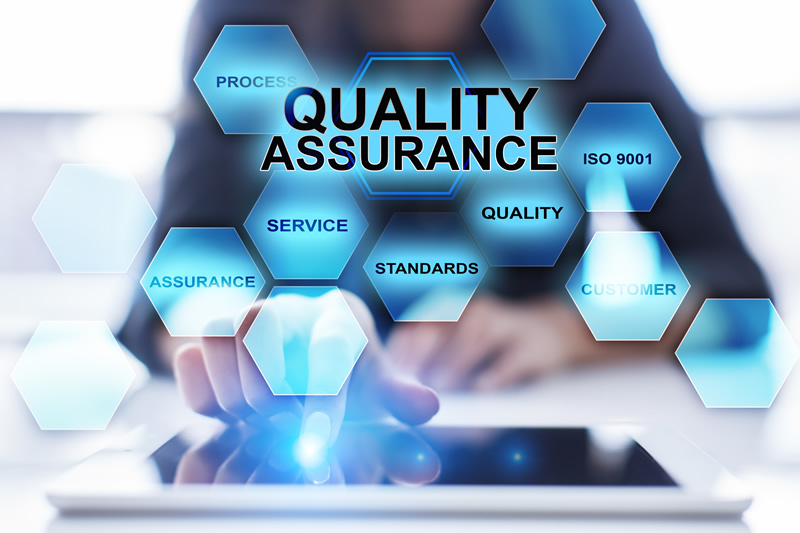When examining global healthcare, the localization of medical devices plays a pivotal role in ensuring patient safety, regulatory compliance, and market penetration across diverse linguistic and cultural contexts. As medical device companies expand their reach into international markets, the importance of maintaining the highest standards of translation quality cannot be overstated. In this article, we delve into the significance of quality assurance in medical device localization and explore strategies for mitigating risks associated with subpar translations.
Understanding the Stakes
The localization of medical devices involves the translation of a myriad of critical documents, including user manuals, labeling, software interfaces, and regulatory submissions. Any inaccuracies, ambiguities, or cultural insensitivities in these translations can have profound consequences, ranging from user errors and adverse events to regulatory non-compliance and damage to brand reputation.
The Role of Quality Assurance
Quality assurance (QA) in medical device localization encompasses a systematic approach to ensuring the accuracy, consistency, and compliance of translated content. Unlike general translation projects, medical device localization demands meticulous attention to detail and adherence to stringent regulatory requirements, such as the ISO 13485 standard for quality management systems in the medical device industry.
Key Components of QA in Medical Device Localization
- Translator Qualifications: QA begins with selecting translation providers like TrueLanguage and Powerling that use qualified translators who possess subject matter expertise in the relevant medical field, as well as proficiency in the target language and cultural nuances. Our translators undergo rigorous vetting processes, including linguistic assessments and background checks, to ensure their competence and reliability.
- Translation Memory and Terminology Management: Leveraging translation memory (TM) tools and terminology databases is indispensable for maintaining consistency and accuracy across multiple translation projects. These resources enable translators to reuse approved terminology and maintain alignment with previously translated content, thereby reducing the risk of errors and inconsistencies.
- Review and Validation Processes: A comprehensive QA framework includes multiple layers of review and validation to verify the accuracy, completeness, and suitability of translated content. This may involve linguistic reviews by native speakers, technical validations by subject matter experts, and regulatory assessments to ensure compliance with relevant standards and guidelines.
- Cultural Adaptation and User Experience Testing: Effective localization goes beyond linguistic accuracy to encompass cultural adaptation and user experience considerations. QA protocols should include user testing and feedback mechanisms to evaluate the clarity, usability, and cultural appropriateness of translated materials, thereby enhancing user acceptance and satisfaction.
- Regulatory Compliance Audits: Given the stringent regulatory landscape governing medical devices, QA processes should include periodic audits to assess compliance with applicable regulations, such as the European Medical Device Regulation (MDR) or the U.S. Food and Drug Administration (FDA) requirements. These audits help identify potential gaps or non-conformities in translation practices and documentation, enabling timely corrective actions.
Mitigating Risks and Ensuring Patient Safety
By implementing robust QA measures throughout the localization process, medical device companies can mitigate risks and uphold the highest standards of patient safety and regulatory compliance. Proactive risk management strategies include:
- Establishing clear quality objectives and performance metrics for translation vendors and internal stakeholders.
- Conducting regular training sessions and knowledge-sharing initiatives to enhance linguistic and technical competencies.
- Engaging in continuous improvement efforts based on feedback from users, regulatory authorities, and internal audits.
- Collaborating closely with regulatory affairs and quality management teams to align translation practices with regulatory requirements and industry best practices.
Bottom Line
In an increasingly interconnected world, the localization of medical devices is essential for facilitating access to life-saving technologies and improving healthcare outcomes on a global scale. By prioritizing quality assurance and risk mitigation strategies in translation processes, medical device companies can safeguard patient safety, maintain regulatory compliance, and foster trust and confidence in their products across diverse markets. As the healthcare industry continues to evolve, investing in high-quality localization practices remains of upmost importance for success in the global marketplace.


